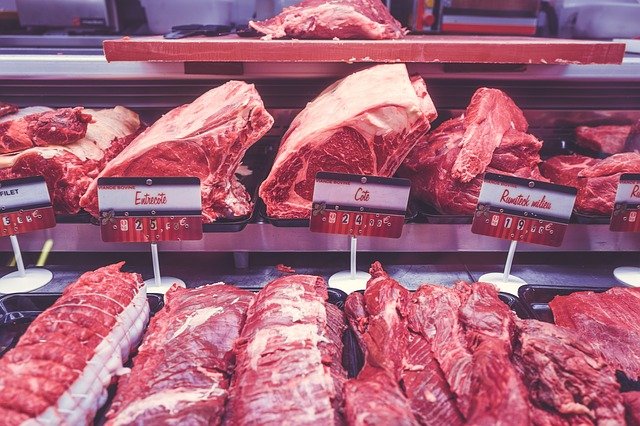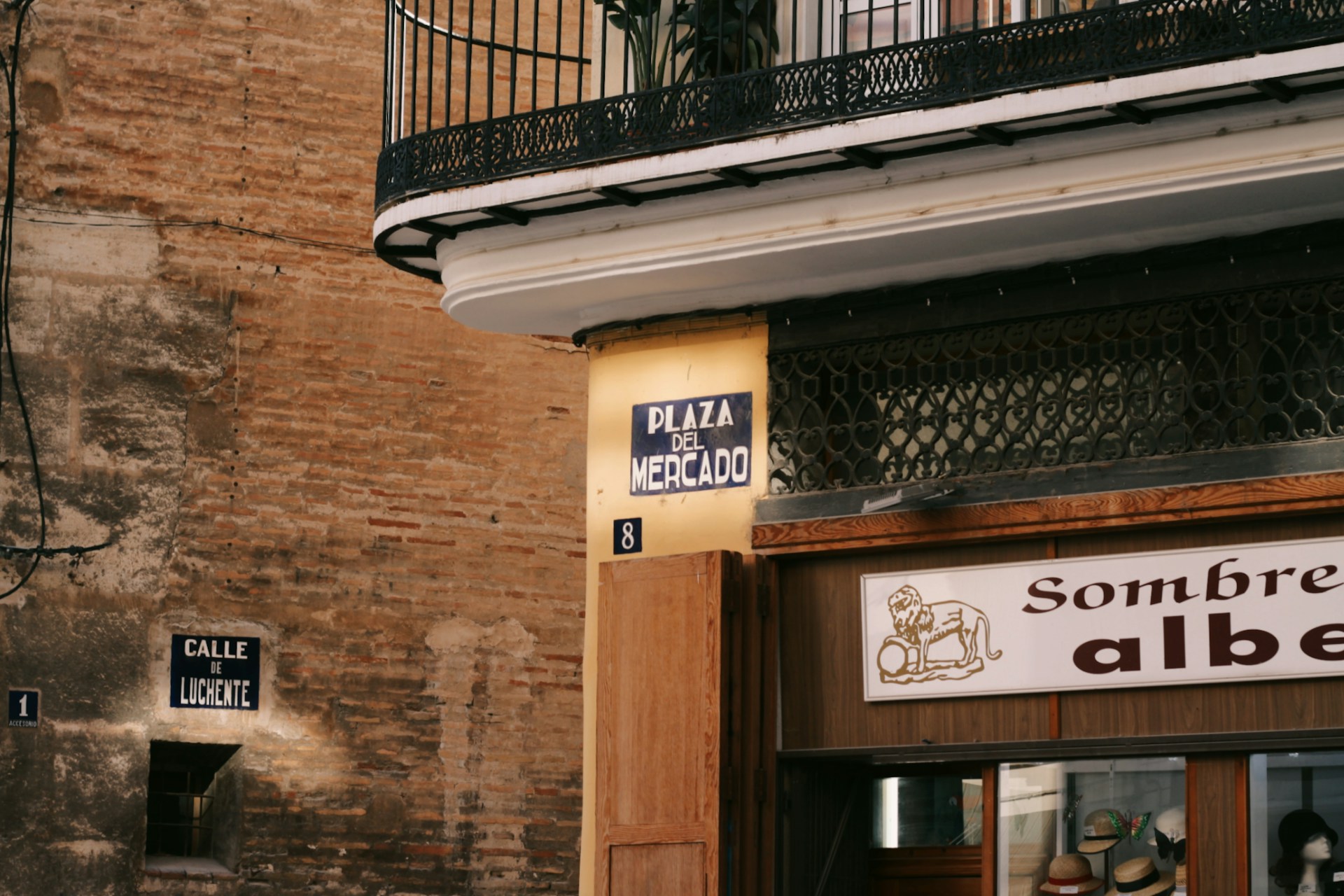“I am worried. I am worried about the planet,” Garzón said in a video posted on Twitter on July 7th, pleading with Spaniards to cut down their meat consumption to improve their personal wellbeing and that of the planet’s.
“Without a planet we have no life, we have no salaries and we have no economy.
“And we are bringing this upon ourselves. One thing we can change, which has a direct impact on the planet, is our diet. We can change our diet and improve the state of the planet”.
El 14,5% de las emisiones de gases de efecto invernadero proviene de la ganadería, especialmente de las macrogranjas, mientras que para que tengamos 1 kilo de carne de vaca se requieren 15.000 litros de agua.
De ello os hablo en este vídeo:#MenosCarneMásVida pic.twitter.com/wMDOd1GI8J
— Alberto Garzón🔻 (@agarzon) July 7, 2021
Garzón explained that according to the UN’s Food and Agriculture Organisation (FAO), the meat and dairy industry accounts for 14.5 percent of global greenhouse gas emissions.
He believes that a “50 percent reduction in emissions could be achieved” if Spaniards are able to adjust their diet and consume a moderate amount of meat, which is recommended by the health authorities.
Spain consumes seven million tonnes of meat each year, which comes from the slaughter of 70 million animals.
The Spanish Agency for Food Safety and Nutrition recommends a weekly consumption of between 200 and 500 grammes of meat (carne in Spanish), while Spaniards consume on average more than one kilo. This is between two and five times more than what is considered optimal.
In the video, Garzón also criticised the meat industry and particularly macro-farms, saying that “for us to have one kilo of beef, 15,000 litres of water are required”.

According to FAO data cited in the video, Spain is the country that consumes the most meat in the European Union.
The latest data from Spain’s Ministry of Agriculture also revealed an increase in meat consumption of 10.5 percent in 2020. Per capita consumption is close to 50 kilos per year and each Spaniard spent an average of €350 on meat in 2020.
Garzón continued to say that Spaniards don’t need to cut out meat completely, but should aim to reduce it, changing their diets to include more salads, legumes, rice and vegetables.
He also admitted that “not all types of livestock are the same” and that “extensive farming is much more sustainable than large macro-farms: it helps enrich soils, prevent fires and create jobs”.
Livestock farmers however have rejected Garzón’s recommendation to consume less meat and some associations have already demanded his resignation due to “his erroneous attack”.
The Young Farmers Agricultural Association (Asaja) in the city of Valladolid has issued a statement in which it requests the immediate termination of Garzón as Minister if he does not rectify his statement.
In 2015, the WHO issued a health warning that carcinogens were present in certain types of meat, including jamón, however that didn’t seem to curb Spaniards’ appetite for their most beloved product.
Despite Spaniards’ excessive consumption of meat, it doesn’t seem to be affecting their health too much, as the Spanish are predicted to have the longest life expectancy in the world by 2040 – mainly thanks to their Mediterranean diet. In 2019, Spain was already considered the healthiest country in the world, according to the Bloomberg Healthiest Country Index.
READ ALSO:




 Please whitelist us to continue reading.
Please whitelist us to continue reading.
Member comments